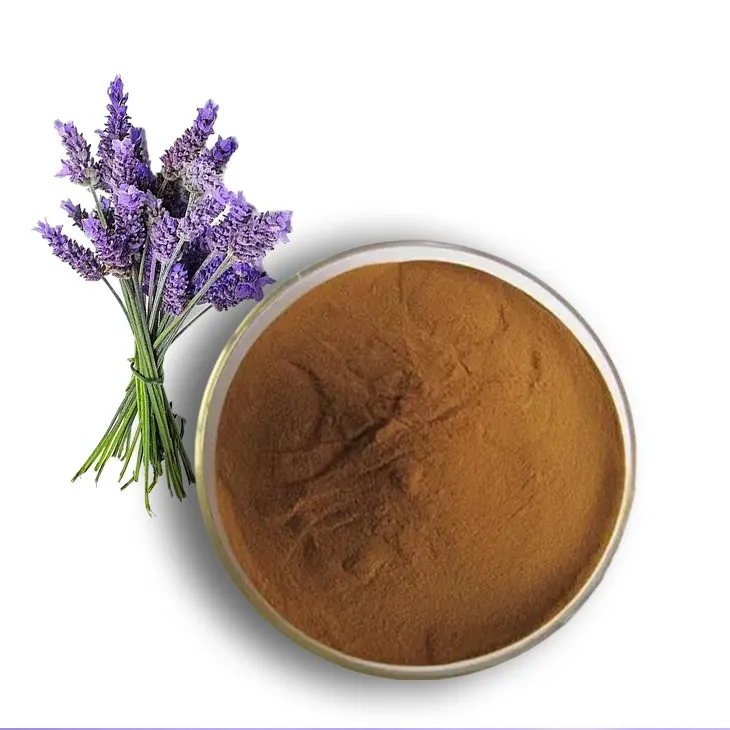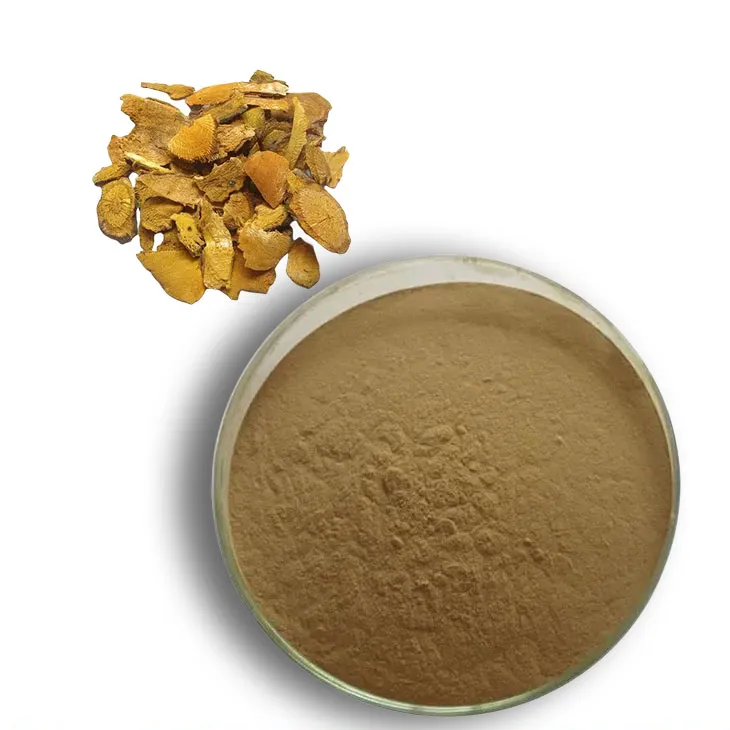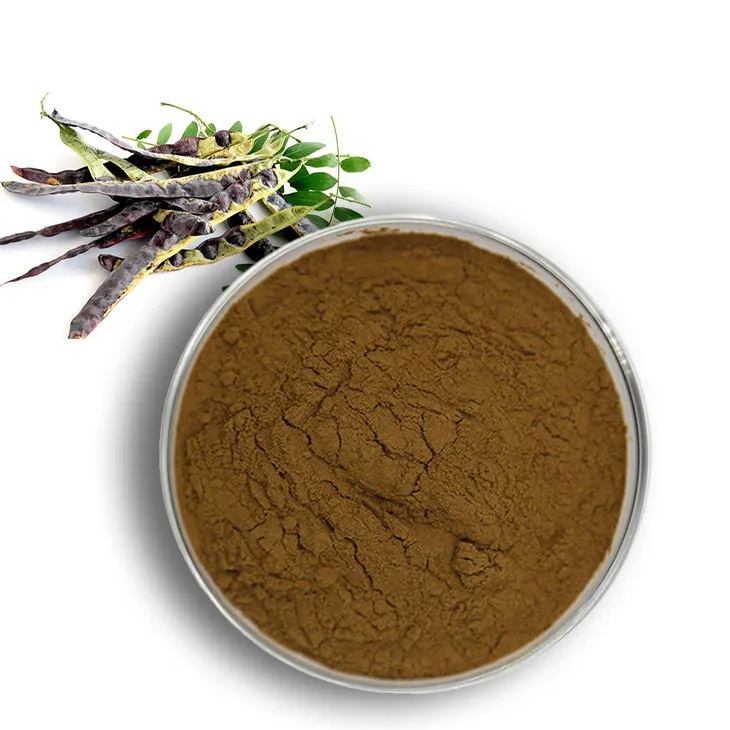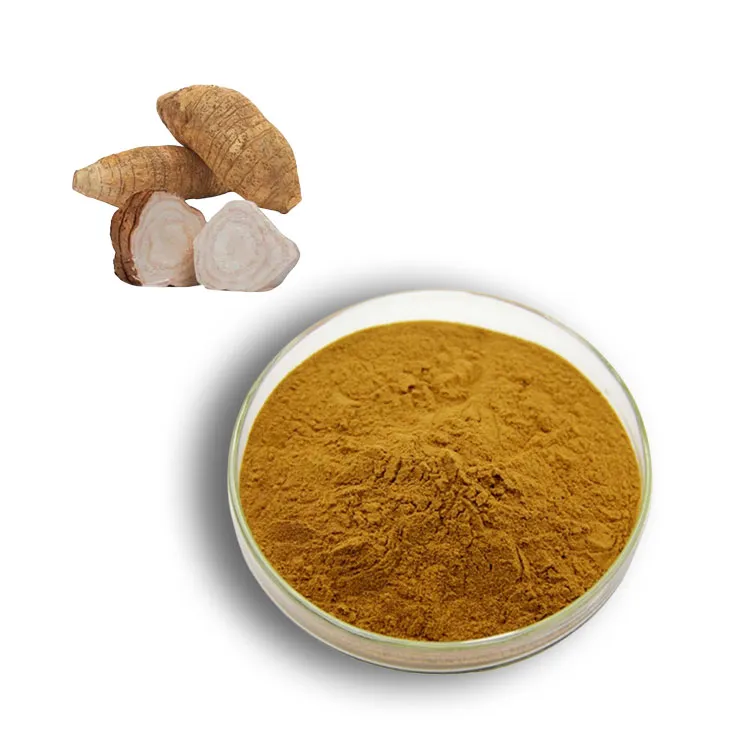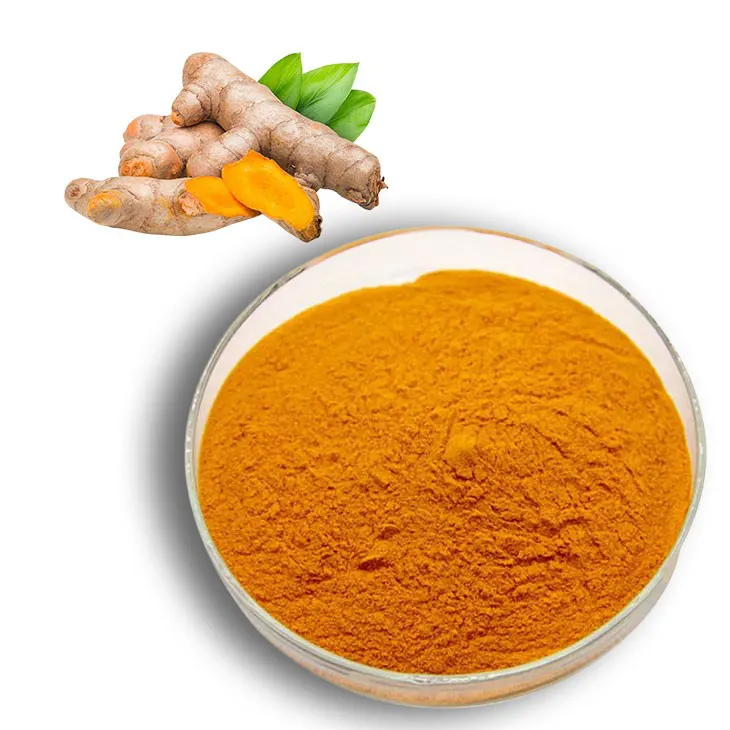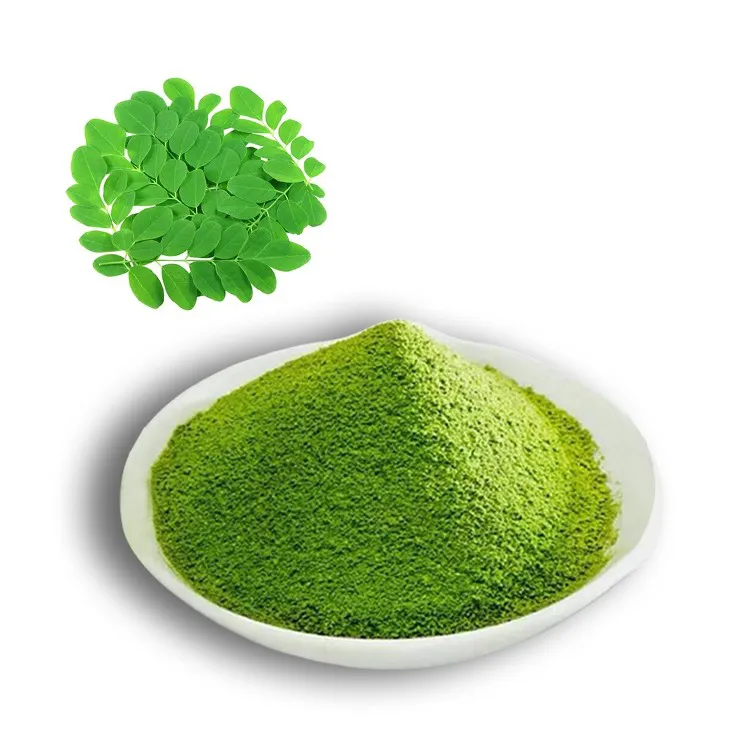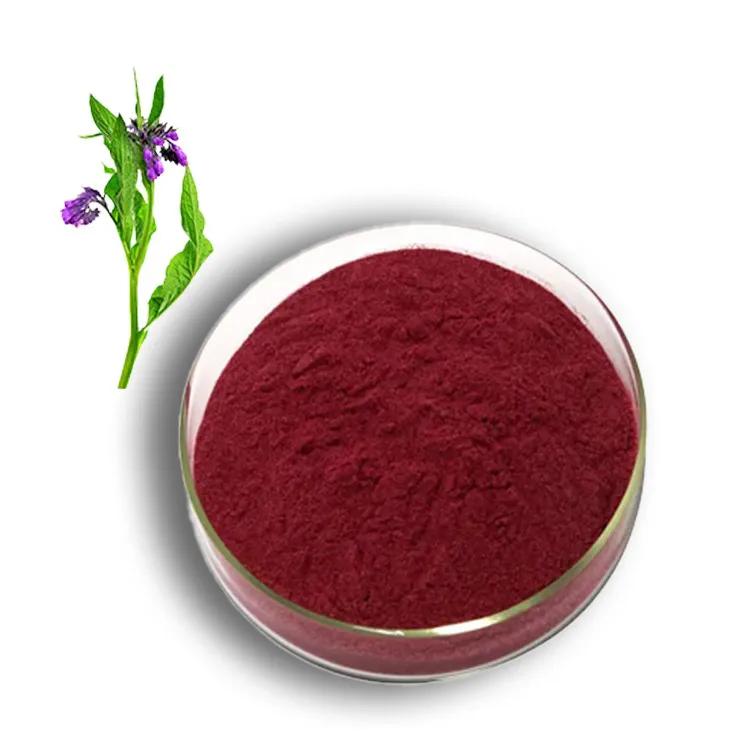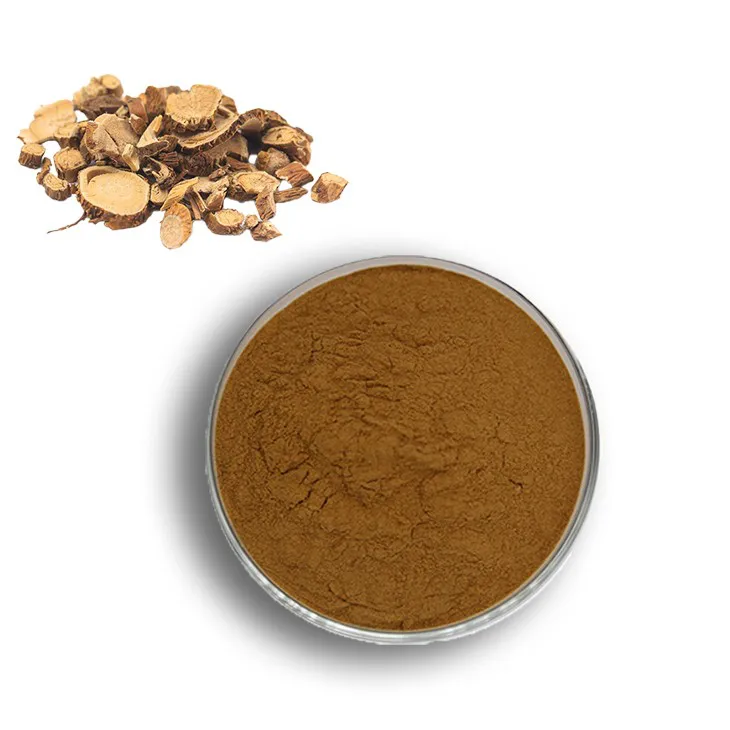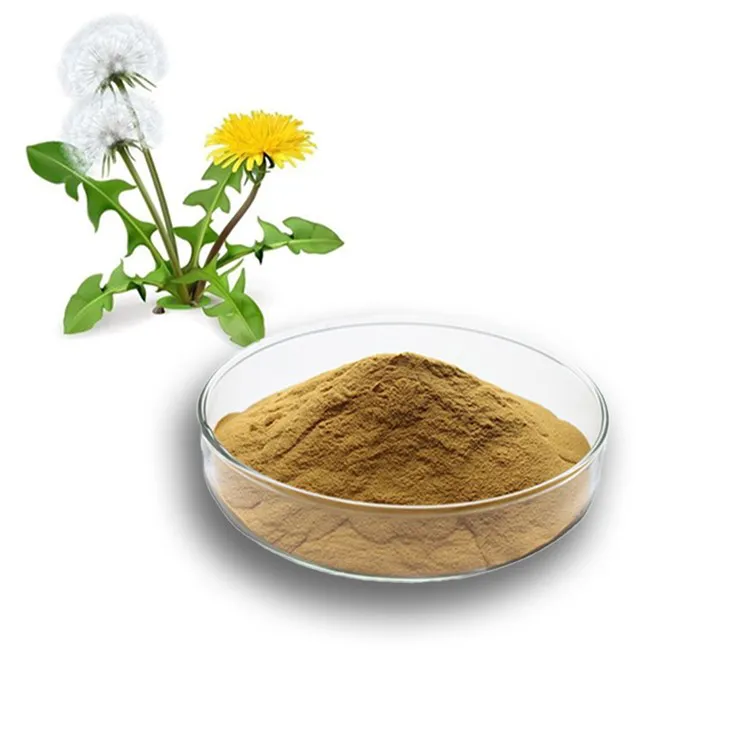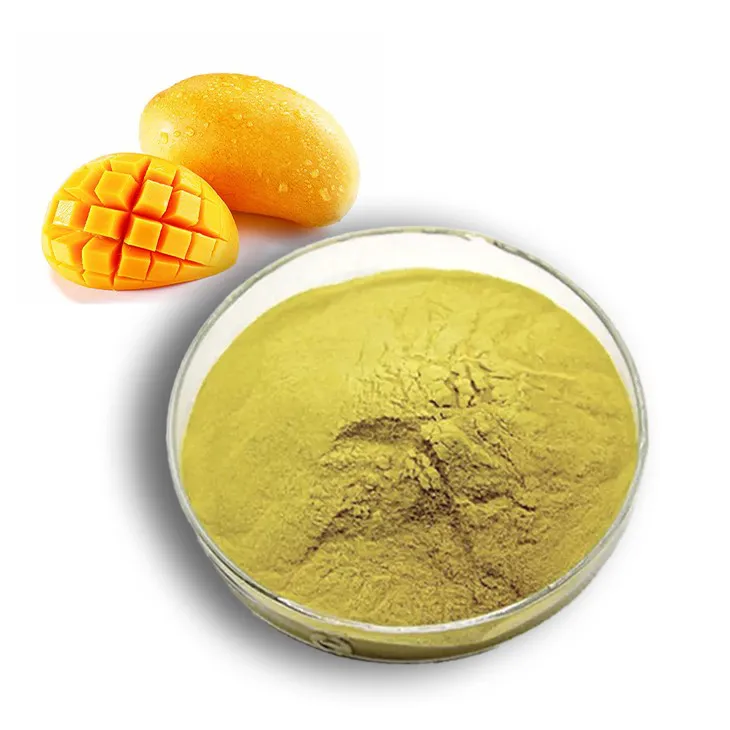- 0086-571-85302990
- sales@greenskybio.com
Emerging Trends and Competitive Strategies in the Turmeric Extract Market.
2024-12-10
1. Introduction
The turmeric extract market has been experiencing significant growth and transformation in recent years. Turmeric, a spice native to South Asia, has been used for centuries in traditional medicine and cooking. Its active compound, Curcumin, is known for its potential health benefits, including anti - inflammatory, antioxidant, and anti - cancer properties. As consumer awareness of these benefits has increased, the demand for turmeric extract has soared, leading to a highly competitive market with various emerging trends.
2. Emerging Trends in the Turmeric Extract Market
2.1 Shift towards Organic and Sustainable Production
One of the most notable trends in the turmeric extract market is the shift towards organic and sustainable production. Consumers are becoming more conscious of the environmental and health impacts of the products they consume. Organic turmeric extract is produced without the use of synthetic pesticides, fertilizers, or genetically modified organisms (GMOs). This not only appeals to health - conscious consumers but also those who are environmentally aware.
Sustainable production practices in the turmeric industry include water conservation, soil management, and fair trade initiatives. For example, some turmeric farmers are implementing drip irrigation systems to reduce water waste and using natural fertilizers such as compost to improve soil fertility. Fair trade certification ensures that farmers receive a fair price for their turmeric, which in turn promotes economic sustainability in turmeric - growing regions.
2.2 Growing Demand for High - Quality and Standardized Extracts
As the turmeric extract market matures, there is an increasing demand for high - quality and standardized extracts. This is driven by the need for consistent product quality in various applications, such as dietary supplements, pharmaceuticals, and cosmetics.
Manufacturers are investing in advanced extraction technologies and quality control measures to ensure that their turmeric extracts meet strict quality standards. For instance, high - performance liquid chromatography (HPLC) is often used to analyze the Curcumin content and purity of turmeric extracts. Standardized extracts with a known and consistent Curcumin concentration are more desirable in the market, as they allow for accurate dosing and reliable product performance.
2.3 Expansion of Product Applications
The applications of turmeric extract are expanding beyond traditional uses in food and medicine. In the cosmetics industry, turmeric extract is being incorporated into skincare products due to its antioxidant and anti - inflammatory properties. It can help to reduce skin inflammation, improve skin complexion, and protect against oxidative stress.
In the functional food and beverage sector, turmeric - flavored drinks and turmeric - enhanced food products are becoming increasingly popular. These products target consumers who are looking for convenient ways to incorporate the health benefits of turmeric into their daily diet.
3. Competitive Strategies in the Turmeric Extract Market
3.1 Branding for Health - Conscious Consumers
Branding plays a crucial role in the turmeric extract market, especially when targeting health - conscious consumers. A strong brand can communicate the quality, purity, and health benefits of the turmeric extract effectively.
Companies are focusing on building brands that are associated with natural, organic, and high - quality products. For example, they use packaging designs that highlight the key health benefits of turmeric extract, such as "Anti - Inflammatory" or "Rich in Antioxidants". Additionally, brand storytelling is used to connect with consumers on an emotional level, sharing the origin of the turmeric, the traditional uses, and the company's commitment to quality and sustainability.
Another aspect of branding is product differentiation. Companies are differentiating their turmeric extracts by offering unique formulations, such as blends with other herbs or nutrients that enhance the overall health benefits. This helps to create a distinct brand identity and attract consumers who are looking for something different from the generic turmeric extract products.
3.2 Technological Innovation in Extraction Processes
Technological innovation in extraction processes is a key competitive strategy in the turmeric extract market. Traditional extraction methods, such as solvent extraction, may have limitations in terms of efficiency, purity, and environmental impact.
Newer extraction techniques, such as supercritical fluid extraction (SFE) and microwave - assisted extraction (MAE), are being explored and adopted by some manufacturers. SFE uses supercritical fluids, such as carbon dioxide, as the extraction solvent, which offers several advantages. It can produce high - purity extracts with a higher curcumin content, and it is more environmentally friendly compared to traditional solvents. MAE, on the other hand, uses microwave energy to accelerate the extraction process, reducing extraction time and potentially improving the quality of the extract.
Investing in research and development of extraction technologies not only allows companies to produce better - quality turmeric extracts but also gives them a competitive edge in terms of cost - effectiveness and product innovation.
3.3 International Market Penetration Strategies
With the global demand for turmeric extract on the rise, international market penetration strategies are becoming essential for companies in the turmeric extract market.
One strategy is to establish strategic partnerships and distribution channels in key international markets. For example, a turmeric extract manufacturer may partner with a local distributor in a foreign country to gain access to their established distribution network. This helps to overcome barriers such as lack of market knowledge and regulatory compliance in the foreign market.
Another strategy is to adapt to the regulatory requirements of different countries. Each country may have different regulations regarding the production, labeling, and marketing of turmeric extract products. Companies need to ensure that their products meet these requirements to be able to enter and compete in the international market successfully.
Cultural adaptation is also important when penetrating international markets. Understanding the cultural preferences and consumption habits of different regions can help companies to develop targeted marketing campaigns and product formulations. For instance, in some Asian countries, turmeric extract may be more commonly used in traditional medicine, while in Western countries, it may be more popular as a dietary supplement.
4. Challenges and Opportunities in the Turmeric Extract Market
The turmeric extract market also faces several challenges and opportunities.
4.1 Challenges
One of the main challenges is the low bioavailability of curcumin. Although curcumin has many potential health benefits, its absorption in the body is relatively low. This limits its effectiveness in some applications, such as pharmaceuticals. Researchers are constantly looking for ways to improve curcumin's bioavailability, such as through the use of nano - technology or combination with other substances that enhance absorption.
Quality control and standardization are also challenges in the turmeric extract market. With the increasing number of manufacturers, ensuring consistent product quality can be difficult. There is a need for more stringent regulatory standards and industry - wide quality control measures to prevent the presence of adulterated or low - quality turmeric extracts in the market.
Price volatility of raw turmeric can also affect the turmeric extract market. Factors such as weather conditions, crop diseases, and changes in supply and demand can cause significant fluctuations in the price of turmeric. This can impact the profitability of turmeric extract manufacturers, especially those who do not have stable supply contracts or hedging mechanisms in place.
4.2 Opportunities
Despite the challenges, there are several opportunities in the turmeric extract market. The growing interest in natural and plant - based products presents a significant opportunity for turmeric extract manufacturers. As consumers increasingly turn to natural alternatives for health and wellness, the demand for turmeric extract is likely to continue to grow.
Research and development is another area of opportunity. There is still much to be discovered about the potential health benefits of turmeric and its compounds. Companies that invest in research can potentially develop new and innovative products, such as targeted dietary supplements or novel pharmaceutical applications.
The expansion into new markets, both domestic and international, also offers opportunities for growth. By identifying untapped markets and developing appropriate marketing and product strategies, turmeric extract companies can increase their market share and revenue.
5. Conclusion
The turmeric extract market is a dynamic and competitive industry with emerging trends such as the shift towards organic and sustainable production, growing demand for high - quality and standardized extracts, and expansion of product applications. To succeed in this market, companies need to adopt competitive strategies such as effective branding, technological innovation in extraction processes, and international market penetration strategies.
However, the market also faces challenges, including low bioavailability of curcumin, quality control and standardization issues, and price volatility. By addressing these challenges and taking advantage of the opportunities, such as the growing demand for natural products and research and development potential, companies can position themselves for long - term success in the turmeric extract market.
FAQ:
What are the main emerging trends in the turmeric extract market?
The main emerging trends in the turmeric extract market include a shift towards organic and sustainable production. There is also an increasing focus on meeting the demands of health - conscious consumers, such as through the development of high - quality and pure turmeric extract products.
Why is the shift towards organic and sustainable turmeric extract production significant?
The shift towards organic and sustainable production is significant because consumers are becoming more aware of environmental and health issues. Organic turmeric extract is free from pesticides and other harmful chemicals, which appeals to health - conscious consumers. Sustainable production also ensures the long - term availability of turmeric resources and reduces the environmental impact of production processes.
How can companies use branding to target health - conscious consumers in the turmeric extract market?
Companies can use branding to target health - conscious consumers in several ways. They can emphasize the health benefits of turmeric extract, such as its anti - inflammatory and antioxidant properties, in their brand messaging. They can also use packaging that conveys a sense of health and purity, such as using natural colors and materials. Additionally, companies can obtain certifications related to health and quality, such as organic certifications, and prominently display them on their products.
What technological innovations are being used in the turmeric extract extraction processes?
There are several technological innovations being used in the turmeric extract extraction processes. For example, new extraction methods such as supercritical fluid extraction are being explored, which can result in higher - quality extracts with better preservation of active ingredients. There are also advancements in purification techniques to remove impurities more effectively and improve the purity of the final product.
What are some effective international market penetration strategies for turmeric extract?
Some effective international market penetration strategies for turmeric extract include understanding the regulatory requirements of different countries and ensuring compliance. Building strong relationships with local distributors and partners can also help. Additionally, conducting market research to understand the preferences and needs of different international markets and tailoring marketing and product strategies accordingly can be effective.
Related literature
- Trends in Turmeric Extract Production and Consumption"
- "Competitive Strategies in the Global Spice Extract Market"
- "The Future of Organic Turmeric Extract in the Health Market"
- ▶ Hesperidin
- ▶ Citrus Bioflavonoids
- ▶ Plant Extract
- ▶ lycopene
- ▶ Diosmin
- ▶ Grape seed extract
- ▶ Sea buckthorn Juice Powder
- ▶ Fruit Juice Powder
- ▶ Hops Extract
- ▶ Artichoke Extract
- ▶ Mushroom extract
- ▶ Astaxanthin
- ▶ Green Tea Extract
- ▶ Curcumin
- ▶ Horse Chestnut Extract
- ▶ Other Product
- ▶ Boswellia Serrata Extract
- ▶ Resveratrol
- ▶ Marigold Extract
- ▶ Grape Leaf Extract
- ▶ New Product
- ▶ Aminolevulinic acid
- ▶ Cranberry Extract
- ▶ Red Yeast Rice
- ▶ Red Wine Extract
-
Lavender Extract
2024-12-10
-
Giant Knotweed Extract
2024-12-10
-
Saponin Extract
2024-12-10
-
Pueraria Lobata Extract
2024-12-10
-
Curcuma Longa Extract/Turmeric extract
2024-12-10
-
Moringa powder
2024-12-10
-
Shikone Extract
2024-12-10
-
Sophora Flavescens Root Extract
2024-12-10
-
Dandelion Leaf Extract
2024-12-10
-
Mango flavored powder
2024-12-10











